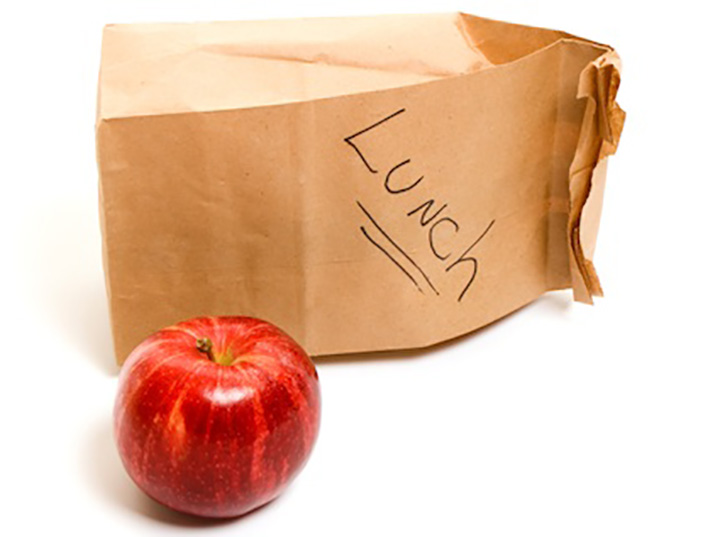- Sections :
- Crime & Public Safety
- Restaurants & Food
- Sports
- More
Healthy holiday eating

THE WOODLANDS, Texas -- November is National Diabetes Month.
According to the American Diabetes Association, 29.1 million Americans have diabetes. That means one out of 11 people suffer from diabetes and one in three will develop the disease in their lifetime. National Diabetes Month in November makes this the perfect time to bring awareness to this preventable disease.
“Diabetes is more common than people realize and is a serious health condition,” said Vikki LeBeau, owner of Texas Last Diet in The Woodlands. “While there isn't a cure yet for diabetes, a healthy lifestyle – including consuming a balanced diet and moderate exercise – can help reduce its impact on your life. The food and drink choices you make every day can help prevent and manage the disease.”
With all the conflicting diet information out there, the question most people have is, what can they eat? “Eating a healthy diet does not have to be overwhelming. Just concentrating on eliminating processed foods and including more fruits and vegetables can make huge improvements,” said LeBeau. “I always recommend shopping the outside aisles of the grocery store for fruits, veggies, lean meat, and dairy and avoiding the aisles full of processed foods.”
Below, LeBeau shares some tips on what foods to choose for a healthy balanced diet:
Whole Grains – “One thing is for sure. If you are going to eat grain foods, pick the ones that are the most nutritious,” said LeBeau. Choose whole grains, which are rich in vitamins, minerals, phytochemicals and fiber. Reading labels is essential for this food group to make sure you are making the best choices. Choose items that have whole grain listed as the first ingredient.
Starchy Vegetables – Starchy vegetables are great sources of vitamins, minerals and fiber. The best choices do not have added fats, sugar or sodium. Try sweet potatoes instead of white potatoes, or experiment with different squashes. About one-quarter of your plate should come from starchy foods (which includes whole grains). A good rule of thumb is the depth of a deck of playing cards. This is usually about three-quarters to one cup of a starchy food.
Protein – About one-quarter of your plate should come from high-protein foods. Choose lean meats such as a skinless chicken breast or about 3-4 ounces of pork loin or fish. Think of a 3-ounce portion of protein as the size of a deck of playing cards.
Plant-based protein foods such as beans provide quality protein and are high in fiber. They are considered starchy vegetables, but a half-cup provides as much protein as an ounce of meat without the saturated fat.
Non-Starchy Vegetables – Leafy greens such as spinach, collards, kale – these powerhouse foods are so low in calories and carbohydrates that you can’t eat too much. For good health, try to eat at least a minimum of 3-5 servings of vegetables a day. A serving of vegetables is a half-cup of cooked vegetables or one cup of raw vegetables. Remember to “eat the rainbow” and rotate the colorful variety of vegetables. Half of your plate should be filled with vegetables at every meal.
Fruits – Fruits are loaded with vitamins, minerals and fiber just like vegetables. They also contain many antioxidants and disease-fighting nutrients. Be careful, as fruits do contain carbohydrates so you need to count it as part of your meal plan. Having a piece of fresh fruit or fruit salad for dessert or a snack is a great way to satisfy your sweet tooth and get the extra nutrition you're looking for.
Nuts – An ounce of nuts can go a long way in providing key healthy fats along with hunger management. Other benefits are a dose of magnesium and fiber. Some nuts and seeds, such as walnuts and flax seeds, also contain much-needed omega-3 fatty acids.
Drinks – Water, of course, is the best choice for your daily beverages. However, you can mix it up by choosing unsweetened teas. Hot or cold – black, green, and herbal teas provide lots of variety. You could also try sparkling water or making your own infused water at home by adding cucumbers, strawberries or fresh mint to your water in store in the fridge.
Recognizing that education is the key to prevention as well as proper management of diabetes, Texas Last Diet offers free informational classes every Tuesday evening at 6 p.m. on how to implement a healthy eating plan in your daily lifestyle.
For more information, visit www.texaslastdiet.com.







